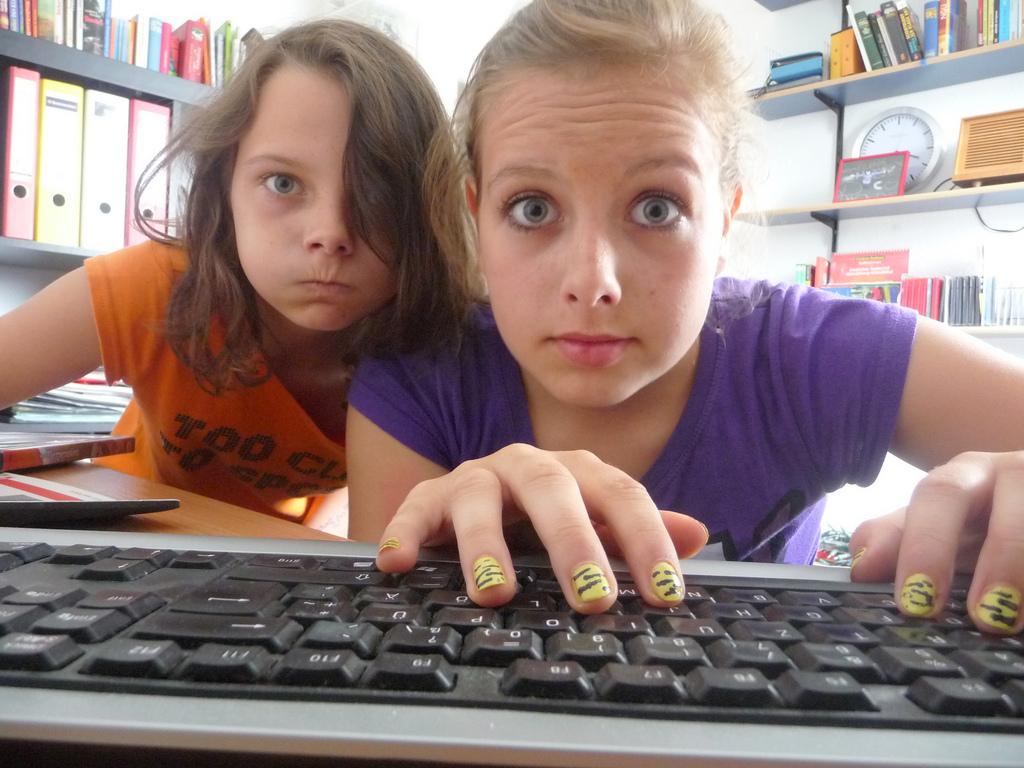By Lily Grace
Children and teens’ increased access to and use of mobile digital devices at bedtime is a “major public health concern,” according to a newly published meta-analysis by British researchers.
In a review of 20 recent studies covering four continents and more than 125,000 children, the team found a “strong and consistent association between bedtime media device use and inadequate sleep quantity, poor sleep quality, and excessive daytime sleepiness.” Similar negative effects were found for children who had access to such devices, even if they did not use them before bedtime.
The researchers expressed particular concern about the impact on children’s sleep of schools’ increasing shift to digital technology:Given the evolving technological landscape and the replacement of textbooks with media devices in schools, screen-based media device access and use are likely to rise. It is imperative that teachers, health care professionals, parents, and children are educated about the damaging influence of device use on sleep.
Sleep disturbances in childhood have been associated with other problems such as poor diet, sedentary behavior, obesity, reduced immunity, and substance abuse.
Previous studies have linked TVs, gaming consoles, and desktop computers to negative sleep outcomes. A major focus has been the impact of “blue-light” emissions, which can negatively affect humans’ natural sleep patterns.
The new meta-analysis zeroes in on studies of “portable mobile and media devices,” such as smartphones. The researchers say they’ve found evidence that such devices present a new challenge to healthy sleep because of the way they facilitate real-time, continuous psychological and physiological arousal and stimulation.
Nearly three-fourths of children and 89 percent of adolescents have at least one device in their sleep environment, with most of them used near bedtime, according to the paper, titled Association Between Portable Screen-Based Media Device Access or Use and Sleep Outcomes: A Systematic Review and Meta-analysis. It was published by the journal JAMA Pediatrics.
The study defines inadequate sleep quantity as less than 10 hours daily for children and less than nine hours daily for adolescents. Sleep quality is based on difficulty falling asleep and staying asleep, as well as not being refreshed by sleep. “Excessive daytime sleepiness” is defined as “poor daytime functioning as a result of both sleep quantity and quality.”
The findings “support current clinical opinion that media device access and use result in poor sleep outcomes,” the researchers concluded.
“We support age-specific guidance for media device access and use and parent-led initiatives to reduce device access and use in collaboration with teachers and health care professionals.”
The Study Showed…
- Children who used portable media devices at bedtime were about twice as likely to not sleep enough, compared to children who did not have access to a device.
- Children who used a portable media device at bedtime were more than 40 percent more likely to report poor sleep quality than children who did not have access to a device.
- There were also significantly increased odds of inadequate sleep quantity and poor sleep quality for children who had access to a media device near bedtime, even if they did not use it.
- Children who had access to or used a portable media device at bedtime were more than twice as likely to demonstrate excessive daytime sleepiness than children without access to a device.
Image Source: (CC BY-NC-ND 2.0) Benjamin Maubach/flickr

